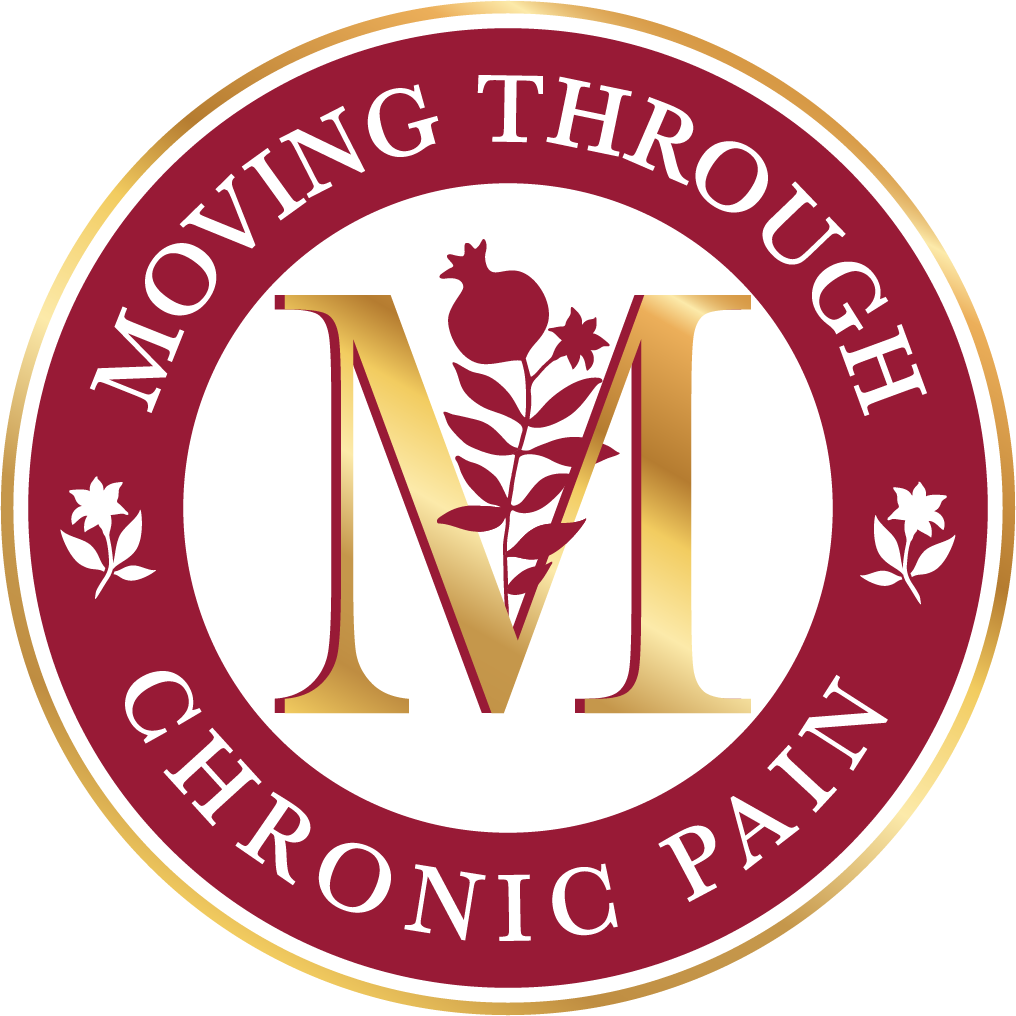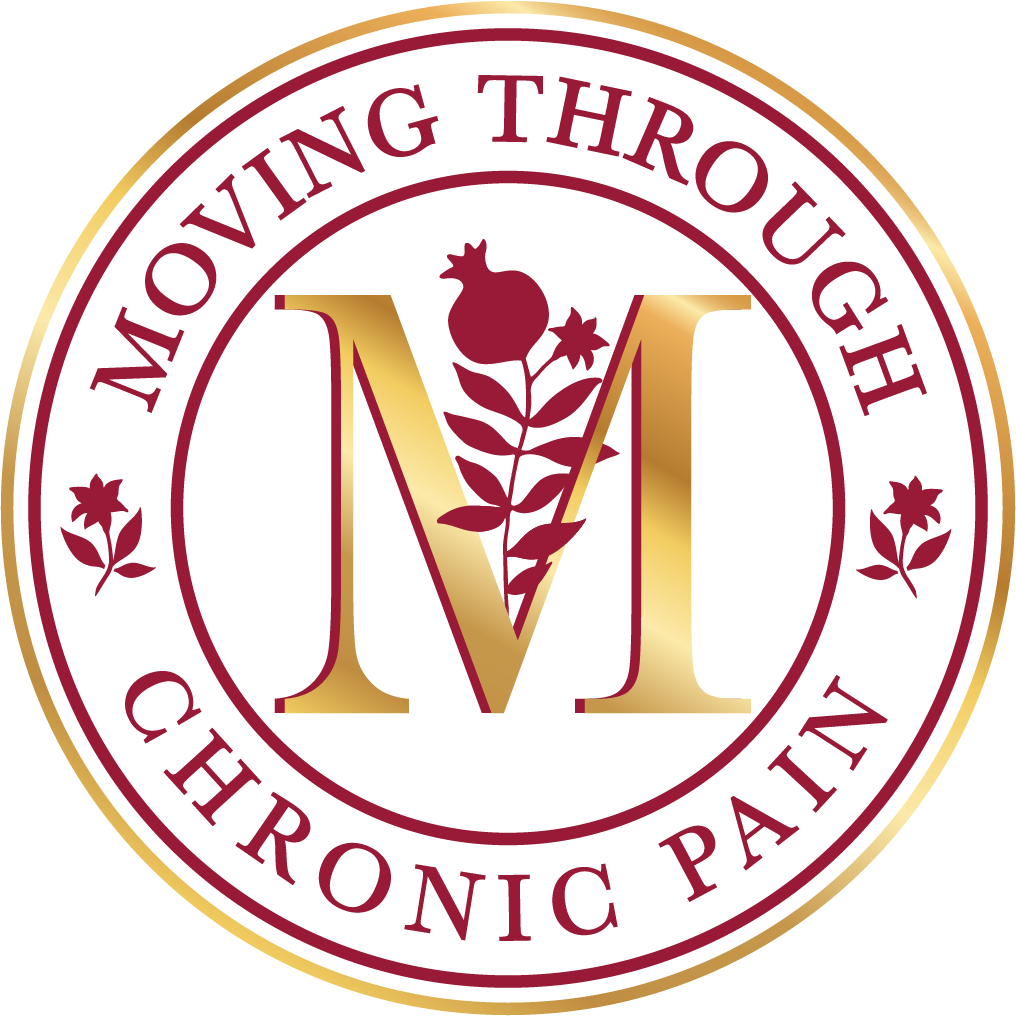Your chronic pain today is not the same as the first onset of your illness or injury. That’s why it’s important to have options to manage
them effectively.

FOUNDER AND CEO, MOVING THROUGH CHRONIC PAIN

Your chronic pain today
is not the same as the first onset of your illness or injury. That’s why it’s important to have options to manage
them effectively.

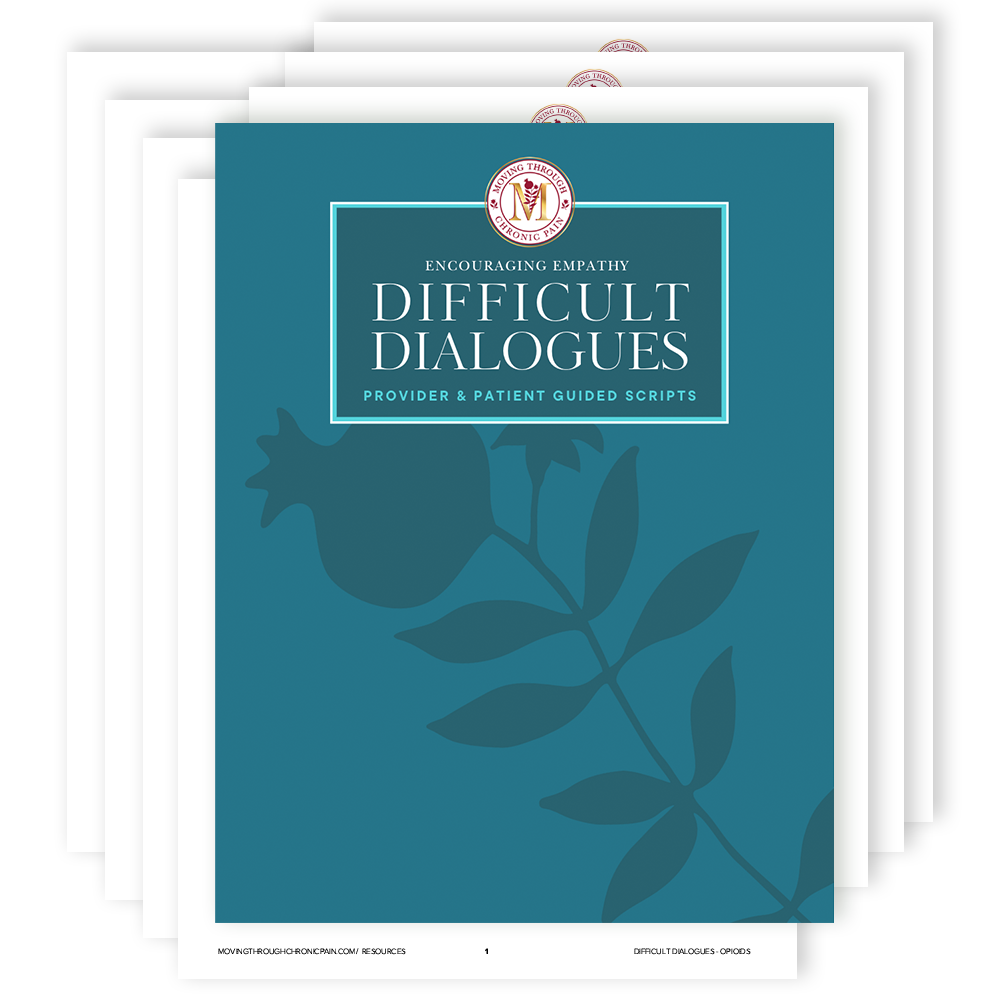
Difficult Dialogues Subscription
A compassionate approach to opioid tapering
You’ll receive two scripts a month, every other week. Each script is designed to allow for open non-judgmental conversations that build trust, develop rapport, and demonstrate empathy.
Strategies for Empathy: Approaches for asking the right questions so patients feel understood.
Language Guidance: Alternatives to language to avoid unintentionally stigmatizing or alienating patients.
Practical Scripts: A year’s worth of sample conversations to help you frame discussions and respond thoughtfully to your patients’ concerns.
Emotion-Centered Questions: Techniques to get to the heart of patients’ experiences beyond their words.
Providers who have used these scripts report not only an increase in patient receptivity to individualized treatment plans, but also their effectiveness.
Opioid Tapering Guide
A compassionate approach to opioid tapering
Shared empathy and compassion between providers and individuals living with chronic pain not only builds trust but leads to greater positive clinical outcomes.
The medical community has a greater understanding of the differences between acute pain and chronic pain. And that chronic pain is very complex and cannot be approached in the same way as curable diseases.
This 7-page guide provides helpful scripts for
successful interpersonal interactions.
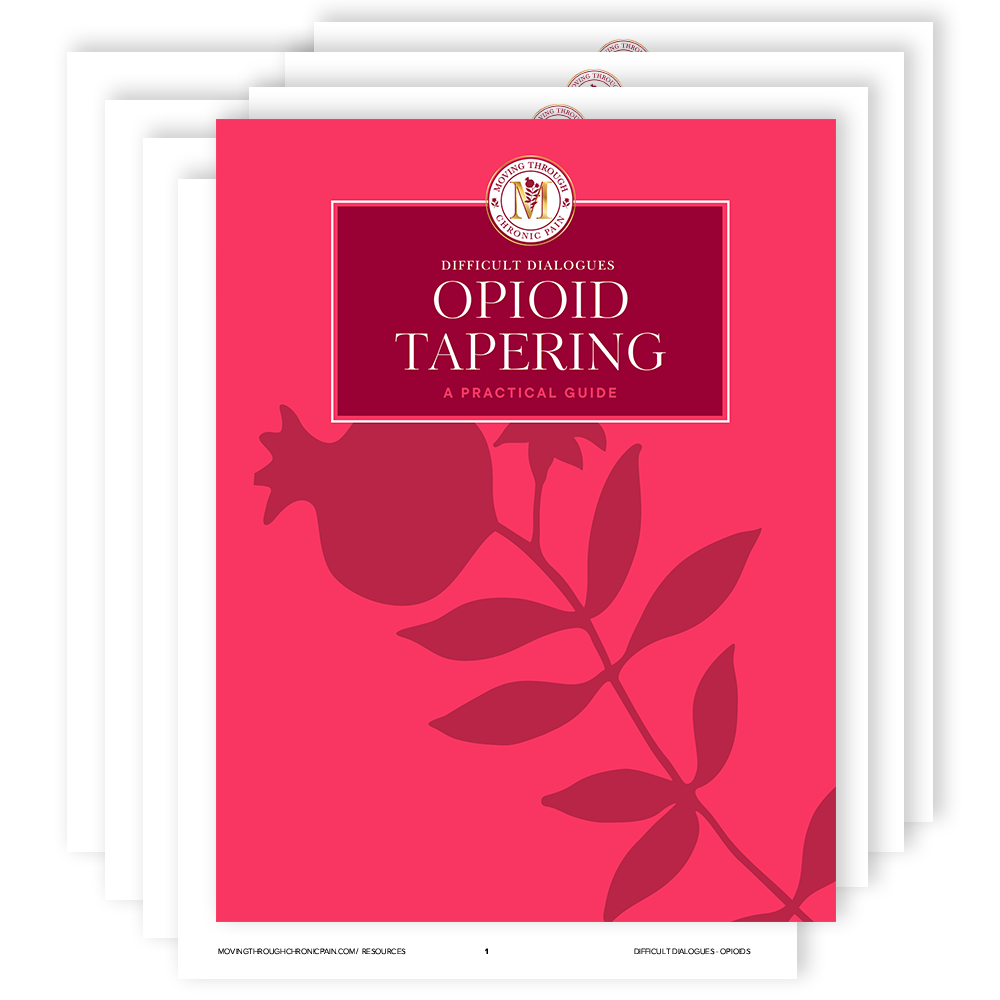

Opioid Tapering Guide
A compassionate approach to opioid tapering
Shared empathy and compassion between providers and individuals living with chronic pain not only builds trust but leads to greater positive clinical outcomes.
The medical community has a greater understanding of the differences between acute pain and chronic pain. And that chronic pain is very complex and cannot be approached in the same way as curable diseases.
This 7-page guide provides helpful scripts for successful interpersonal interactions.
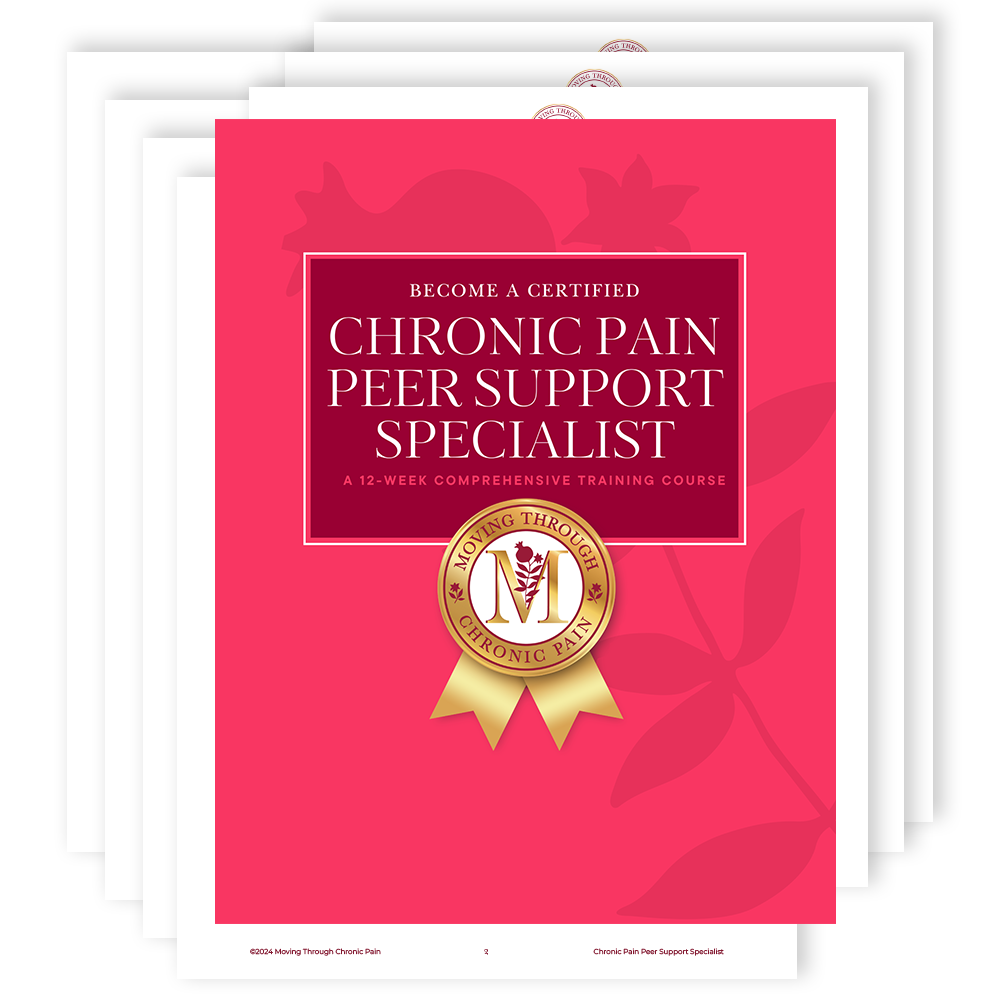
Chronic Pain Peer Support Specialist
A 12-Week Certification Training Course
This course is inspired by and designed around my own personal journey. Despite best intentions, communication around the treatment and management of my chronic pain was directed to those around me rather than to me. This is a common occurrence leaving those of us living with chronic pain feeling ‘invisible.’
This comprehensive course’s aim is to train Peer Support Specialists how to offer empathetic understanding, practical coping strategies, and advocacy toward bridging the gap between healthcare providers and patients.
Course candidates will need to schedule an interview to review eligibility requirements.
Tips and To Dos
Mindful Planning With Chronic Pain
Because we never know how we’ll feel on any given day, it’s hard to plan our productivity. Not just the productivity others expect of us, but also what we expect of ourselves. We can avoid the added stress of setting ourselves up for failure by building in buffers and planning ahead.
Here are some tips and to dos I use daily to manage my chronic pain and prioritize activities.
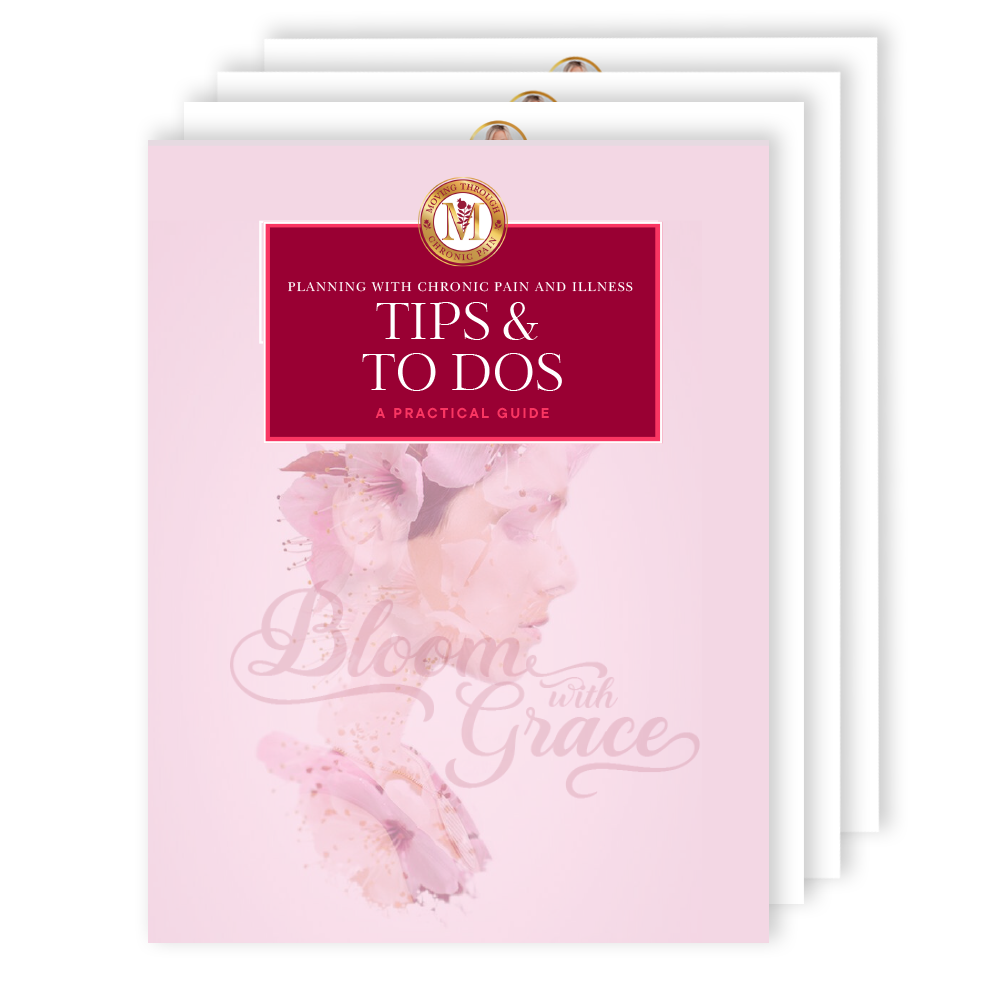

Tips and To Dos
Mindful Planning With Chronic Pain
Because we never know how we’ll feel on any given day, it’s hard to plan our productivity. Not just the productivity others expect of us, but also what we expect of ourselves. We can avoid the added stress of setting ourselves up for failure by building in buffers and planning ahead.
Here are some tips and to dos I use daily to manage my chronic pain and prioritize activities.
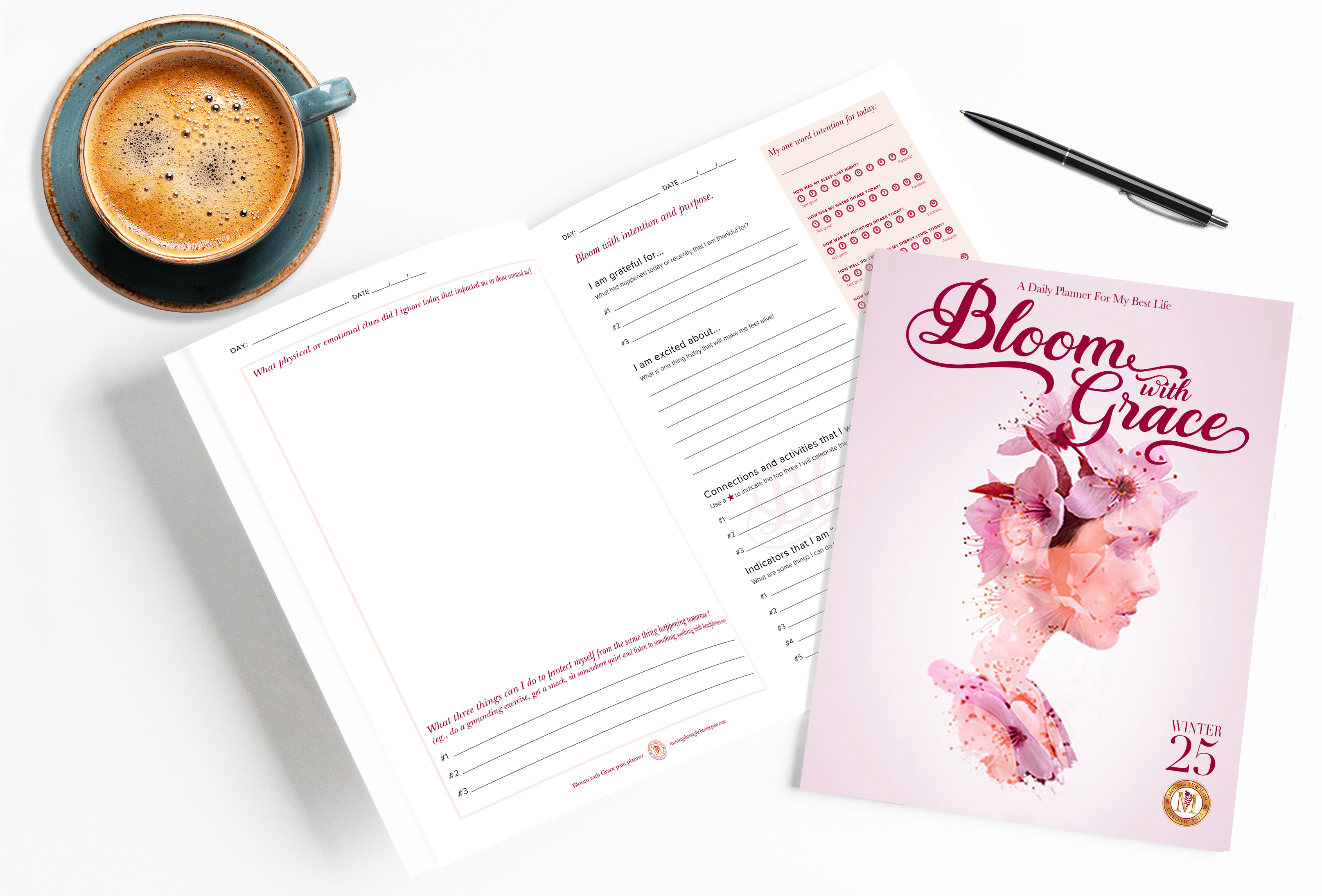
Bloom With Grace
A Daily Planner For Your Best Life
I am a mom, a wife, a business woman, and a beekeeper. Since my injury in 2002, I have had to use two planners, one to monitor my pain levels, medications and energy output and another to prioritize what tasks need to get done that require my involvement. Because managing my pain is also a priority, I decided to create my own pain planner, “Bloom With Grace: A Daily Planner For My Best Life.”
What works for me may not work for you but I invite you to give it a try. Plus I'd love to get your feedback (which also entitles you to a free planner when they are launched).
